- With standard equipment
- With safety pack
Find more information in the General Comments section of the assessment
Find more information in the Rating Validity tab of the assessment
- See More
- See More
- See More
- See More
- Good
- Adequate
- Marginal
- Weak
- Poor
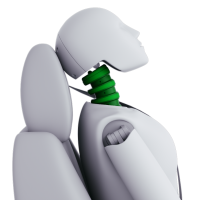 Rear Seat
Rear Seat
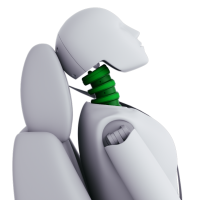 Front Seat
Front Seat
- Good
- Adequate
- Marginal
- Weak
- Poor
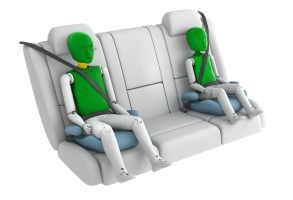
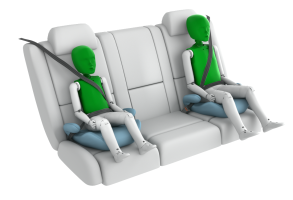
Passenger
outboard
center
Fitted to the vehicle as standard
Not fitted to the test vehicle but available as option
Not Available
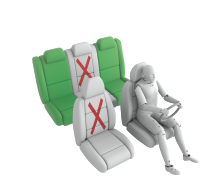
Easy
Difficult
Safety critical
Not allowed
-
Airbag ON
Rearward facing restraint installation not allowed
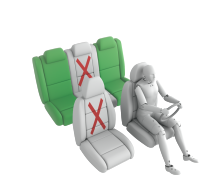
Easy
Difficult
Safety critical
Not allowed
-
Airbag ON
Rearward facing restraint installation not allowed
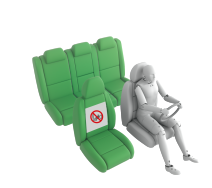
Easy
Difficult
Safety critical
Not allowed
-
Airbag ON
Rearward facing restraint installation not allowed
In both the frontal offset and side barrier tests, protection of all critical part of the body was good or adequate for the 10-year and 6-year dummies. The front passenger airbag can be disabled to allow a rearward-facing child restraint to be used in that seating position. Clear information is provided to the driver regarding the status of the airbag and the system was rewarded. All of the restraint types for the which the car is designed could be properly installed and accommodated in the car, but the marking of i-Size anchorages did not meet Euro NCAP’s requirements. The JAECOO 7 PHEV is equipped with a direct 'child presence detection' system, which issues a warning when it detects that a child or infant has been left in the car. However, the system did not meet Euro NCAP’s requirements and was not rewarded.
- Good
- Adequate
- Marginal
- Weak
- Poor
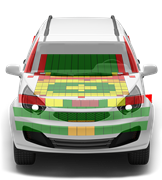
Pedestrian & Cyclist Head 12.4 Pts
Pelvis 1.9 Pts
Femur 4.5 Pts
Knee & Tibia 8.2 Pts
| System Name | AEB | ||
| Type | Auto-Brake with Forward Collision Warning | ||
| Operational From | 4 km/h | ||
| PERFORMANCE | | |||
The protection provided by the bonnet to the head of a struck pedestrian was predominantly good or adequate, with some poor results recorded on the base of the windscreen and on the stiff windscreen pillars. The bumper provided good protection to the knee and tibia at most test points, and protection of the femur was good. Protection of the pelvis was mixed. The autonomous emergency braking system, fitted as standard, can detect vulnerable road users as well as other vehicles. Overall, the system performed adequately in tests of its reaction to pedestrians, but poor protection was offered to those to behind the car as it reversed. The system performed well in tests of its reaction to cyclists, with collisions avoided or mitigated in most scenarios, but only marginal protection was provided against ‘dooring’, where a door is opened into the path of a cyclist approaching from behind. The system performed well in tests of its reaction to motorcyclists.
- Good
- Adequate
- Marginal
- Weak
- Poor
| System Name | ISA |
| Speed Limit Information Function | Camera & Map, subsigns supported |
| Speed Control Function | Intelligent ACC (accurate to 5km/h) |
| Applies To | Front and rear seats | ||
| Warning | Driver Seat | Front Passenger(s) | Rear Passenger(s) |
| Visual | |||
| Audible | |||
| Occupant Detection | |||
|
|||
| System Name | DMS |
| Type | Direct eye monitoring |
| Operational From | 10 km/h |
| Fatigue | Drowsiness, Microsleep and Sleep |
| Distraction | Long and Short Distraction |
| System Name | LKA+ELK |
| Type | LKA and ELK |
| Operational From | 50 km/h |
| Performance | |
| Emergency Lane Keeping | |
| Lane Keep Assist | |
| Human Machine Interface | |
| System Name | AEB+FCW | |||
| Type | Autonomous emergency braking and forward collision warning | |||
| Operational From | 5 km/h | |||
| Sensor Used | camera | |||
In tests of its response to other vehicles, the autonomous emergency braking system performed well. A lane support system gently corrects the steering if the car is drifting out of lane and it can also intervene more aggressively in some other, more critical, situations. The speed assistance system can detect the local speed limit and presents the information to the driver, allowing the speed limiter to be set appropriately. A seat belt reminder is standard for all seating positions and a direct monitoring system protects against driver fatigue and some types of distraction.
- Specifications
- Safety Equipment
- Videos
- Rating Validity
Specifications
Tested Model JAECOO 7 'Exclusive', PHEV 4x2, LHD
Body Type - 5 door SUV
Year Of Publication 2025
Kerb Weight 1809kg
VIN From Which Rating Applies - JAECOO 7 PHEV
Class Small SUV
Safety Equipment
Note: Other equipment may be available on the vehicle but was not considered in the test year.
Fitted to the vehicle as standard
Fitted to the vehicle as part of the safety pack
Not fitted to the test vehicle but available as option or as part of the safety pack
Not available
Not applicable
Videos
Rating Validity
Variants of Model Range
| Body Type | Engine | Model Name/Code | Drivetrain | Rating Applies | |
|---|---|---|---|---|---|
| LHD | RHD | ||||
| 5 door SUV | Plug-in Hybrid |
Select Exclusive * |
4 x 2 |  |
 |
* Tested variant

Find more information in the General Comments section of the assessment
 Share
Share

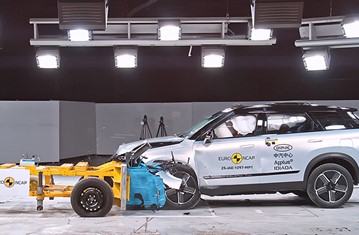
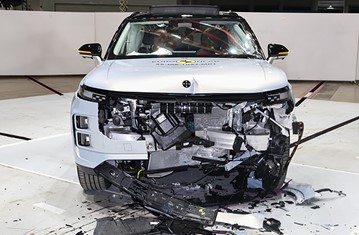
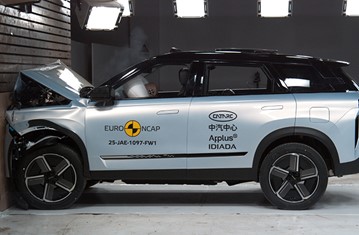
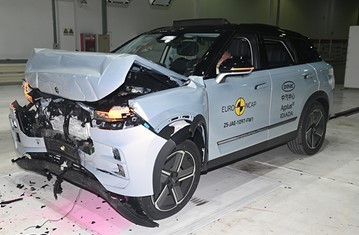
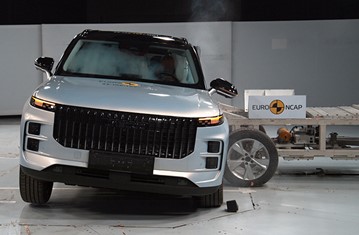
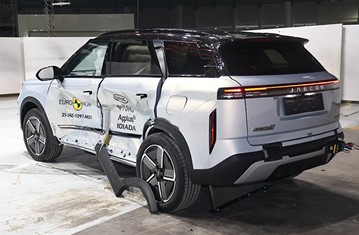
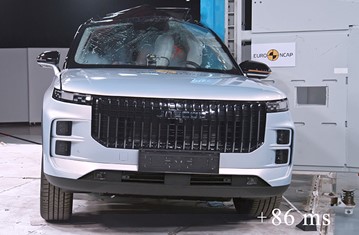
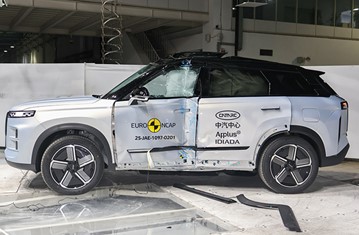
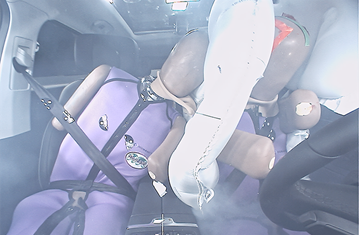
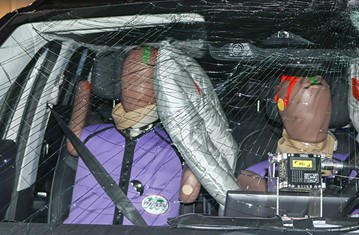


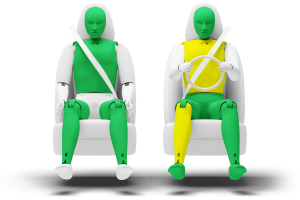
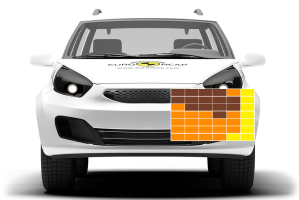
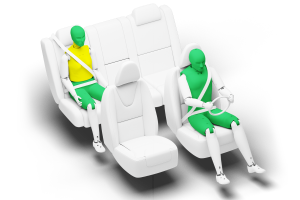
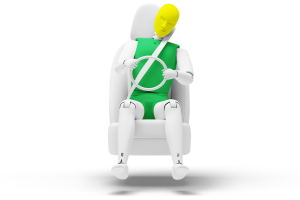
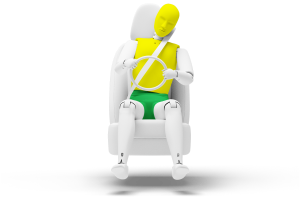
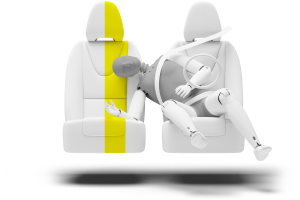
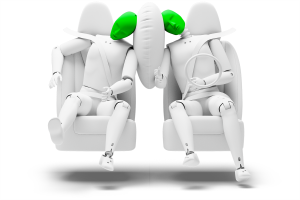

The passenger compartment of the JAECOO 7 PHEV remained stable in the frontal offset test. Dummy numbers showed good protection of the knees and femurs of both the driver and passenger. JAECOO showed that a similar level of protection would be provided to occupants of different sizes and to those sitting in different positions. Analysis of the deceleration of the impact trolley during the test, and analysis of the deformable barrier after the test, revealed that the JAECOO 7 PHEV would be a somewhat aggressive impact partner in a frontal collision. During the test, the rear of the side curtain airbag got trapped in the C-pillar trim, and did not deploy properly. JAECOO’s investigation revealed that one of the clips holding the airbag in place had not been properly installed during production. Production line quality has been improved as a result. A penalty was applied in both side impacts, where the curtain airbag is meant to provide protection. In the full-width rigid barrier test, good or adequate protection was provided to all critical body areas, for both the driver and rear passenger. In both the side barrier test and side pole impacts, protection of all critical body areas was good or adequate. Dummy numbers indicated good head protection in both tests but this was reduced to adequate by the penalty described above. Control of excursion (the extent to which a body is thrown to the other side of the vehicle when it is hit from the far side) was found to be adequate. The countermeasure to mitigate against occupant-to-occupant injuries in side impacts performed well in Euro NCAP's test. Tests on the front seats and head restraints demonstrated marginal protection against whiplash injuries in the event of a rear-end collision. A geometric analysis of the rear seats indicated good whiplash protection. The JAECOO 7 PHEV has an advanced eCall system which alerts the emergency services in the event of a crash, but there is no system to prevent secondary impacts after the car has been in a collision.